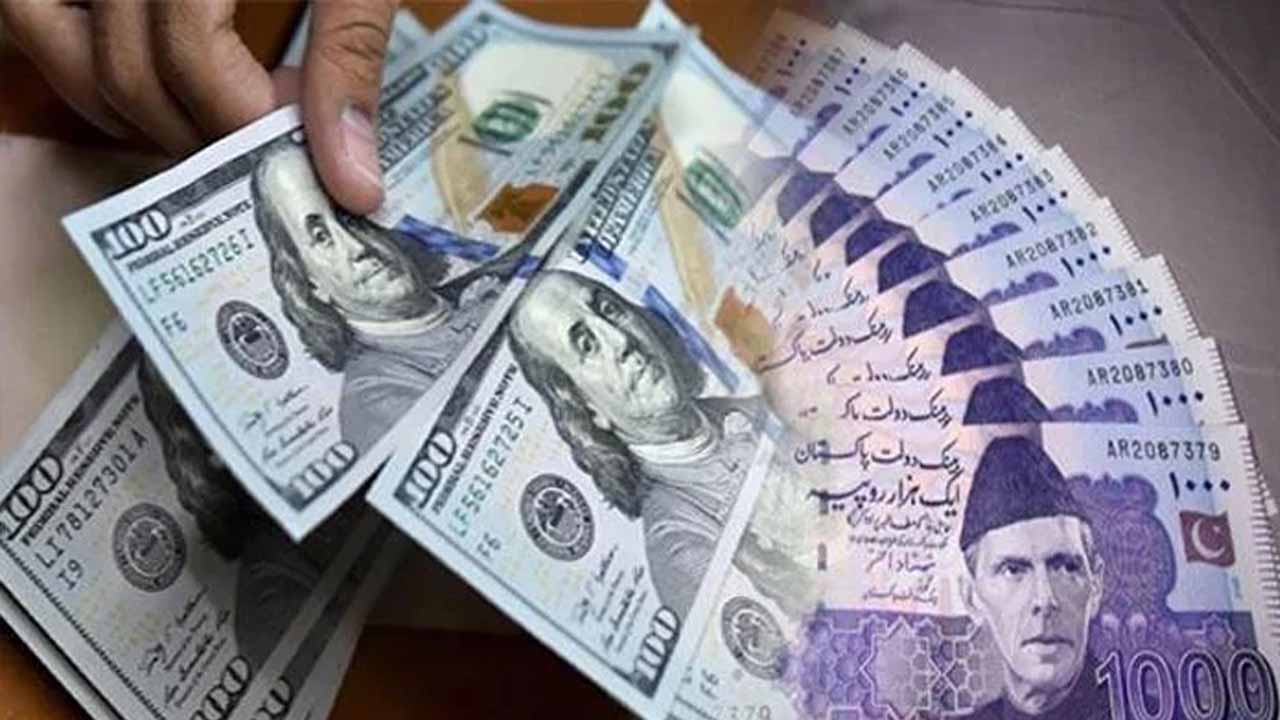On Thursday, the value of the rupee continued to decline, falling to 208.25 against the US dollar in intra-day trading in the inter-bank market.
Finance Minister Miftah Ismail had previously said that the government’s budget for 2022-23, which was announced last week, had failed to convince the International Monetary Fund (IMF) to disburse the next tranche of the $6 billion loan program to Pakistan, and that amendments would be needed in the finance bill.
“The finance minister has stated that the IMF is not pleased with the budget and that amendments will be made,” said Abbas. “The rupee will stabilize once the amendments are incorporated into the Finance Act. In the meantime, he expects the currency to remain volatile.” Late on Wednesday, the government of Pakistan announced a third hike in the prices of petroleum products, in an effort to appease the IMF.
Pakistan is looking to receive its next installment of $900 million from the IMF under its Extended Fund Facility, but the global lender has paused the program due to several contributing factors, such as fuel subsidies and a widening current account deficit. Additionally, the IMF has said that there is a need for Pakistan to raise more direct taxes.
On Wednesday, Pakistan’s currency, the rupee, closed at an all-time low of Rs206.46 against the US dollar.
This was due in part to the dollar’s added strength internationally, but also because local currency markets were anticipating a further spike in inflation.






